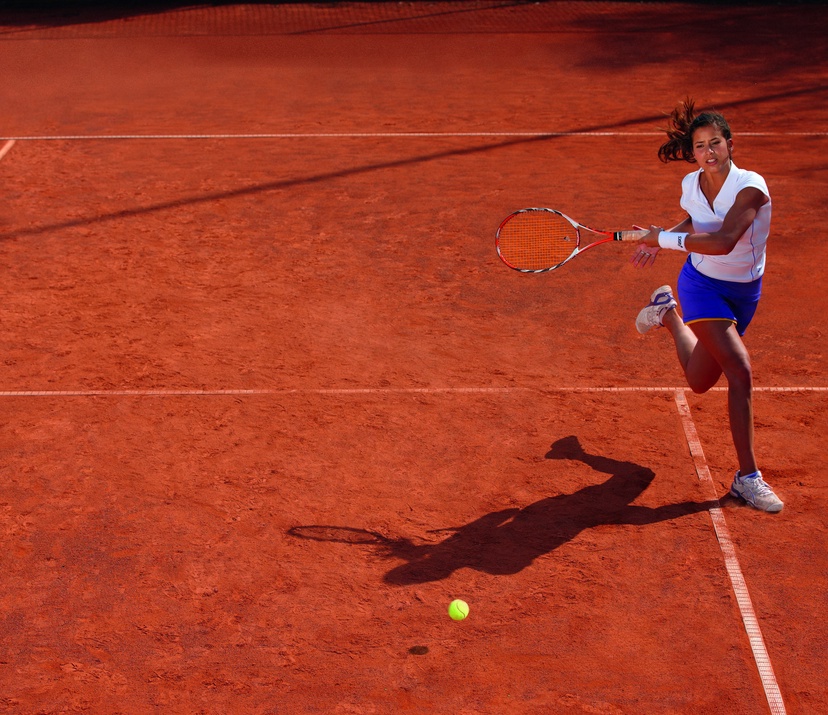Whenever we attend major sporting events we are struck by the technical ability, by the seeming ease of movement, and, often, by the feeling of power that the athletes display.
Tennis champions hit the ball ferociously, they are extremely fast around the court, and they can endure throughout an entire match, which can sometimes last for several hours. Even those who are just passionate about the sport have rackets at their disposal that allow them to speed up their shots significantly; they quickly realise that they have to prepare not just technically, through lessons and targeted in-depth analysis, but also physically.
What qualities does a athlete/tennis player therefore need to have?
Above all modern players must be very strong and fast, but not like weightlifters or 100-metre runners: weightlifters do indeed have to lift the greatest possible number of kilograms but once only, and sprinters have to reach the maximum speed attainable over an extremely short distance, but once only, during the race itself.
The strength required of a tennis player, on the other hand, is that needed to speed up the movement of the racket, which weighs less than half a kilogram, and that required to move and stop their body in a split second and in an infinite number of different ways, given that it's not possible to know in advance how long the match will last.
In the past tennis players limited their physical training almost exclusively to running, as if they needed to become marathon runners, even though we now know that the total distance run during a match rarely exceeds 1,000 metres. Other tennis players spent time lifting heavy weights in the gym without a specific goal in mind.
Examinations of the body morphology of great champions show that their muscle mass is no greater than that of basketball or volleyball players. Athletes/tennis players must also carry out resistance training therefore, but in a targeted way. The resistance indispensable to tennis players is developed through specific movements on the tennis court, by throwing and catching the ball and using weights or equipment of varying strengths that imitate the forehand, backhand, and serve, all of which should be regularly trained.
Strength, speed, and resistance for tennis players must, however, be coordinated with the ability to perform techniques in an appropriate and economical way: exercises to improve composite flexibility, both muscular and articular, are crucial for reaching this goal. This incredibly important capacity is improved through different types of stretching (static positions to lengthen muscles) and by continuing to improve technique.
Tennis remains one of the most captivating sports out there because, as well as all the physical qualities we have mentioned, the result of the match is significantly influenced by the way in which the player approaches it psychologically; situations during the game are always different, and even when playing the same opponent every match varies from the previous one, the "battle" is always decided in a different way.



